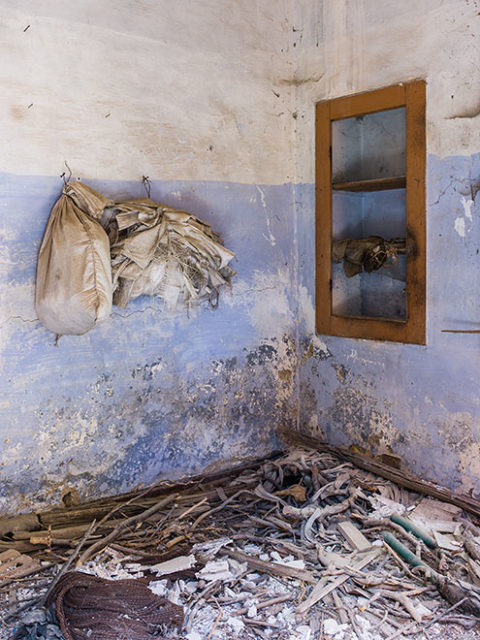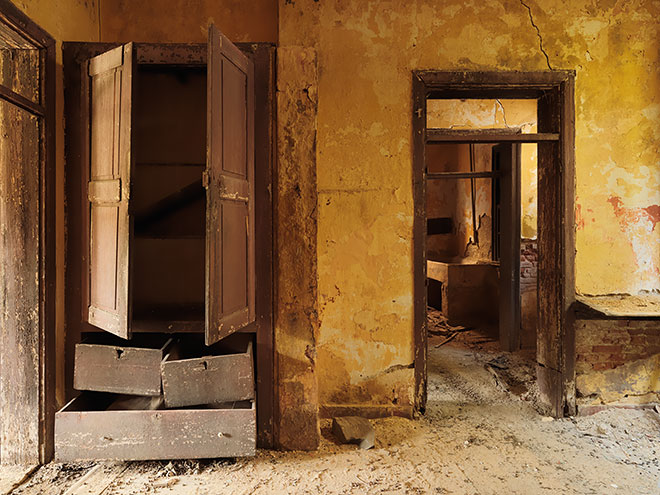On the Greek island of Chios, you can find a number of abandoned buildings with a tragic history. These buildings constituted not only the first leper colony in Greece but also one of the first ones in Europe. Founded in the 14th century, the colony was named Lovokomeio, and it housed people with Hansen’s disease for centuries.
The Lovokomeio leper colony was built in 1378 for people suffering from leprosy and other contagious skin diseases. Such colonies were created so that infected people could be isolated there and prevented from infecting others in society.
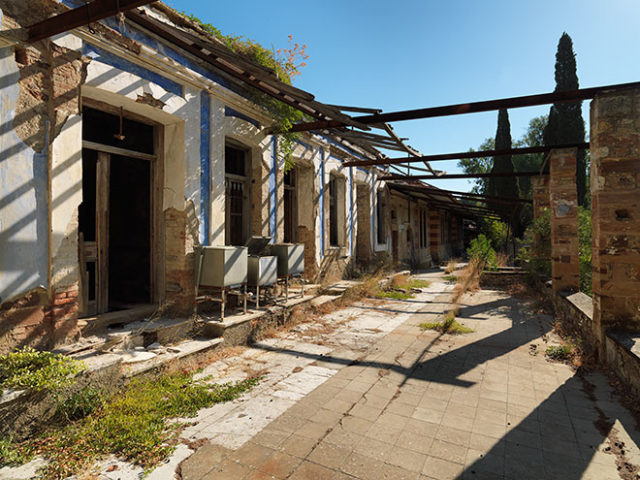
Before Hansen’s disease was properly understood, colonies existed all over the world. Due to a lack of knowledge, people with completely different and non-dangerous skin diseases were sometimes sent to the colonies as well.
Everyone was afraid of leprosy because of its highly contagious properties. In the Middle Ages, people believed the disease was a punishment from God for various sins. For this reason, a church dedicated to Saint Lazarus, the patron saint of lepers, was erected on Chios.
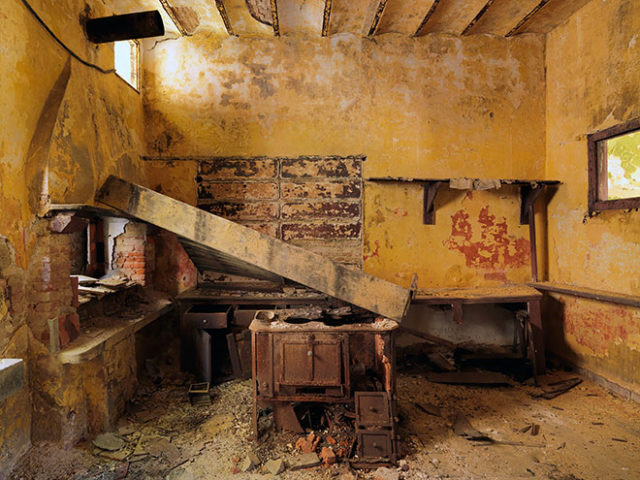
While those sent to Lovokomeio would be separated from their friends and families, they would at least be safe from being treated with horror and disgust by the general public. In addition, the patients’ houses were surrounded by a green pine forest, so they were at least confined with pleasing surroundings.
In such colonies, those in charge tried to do everything possible to ensure the sick people had a normal existence. For example, children’s books, laundry, and necessary medicine would be delivered to Lovokomeio.
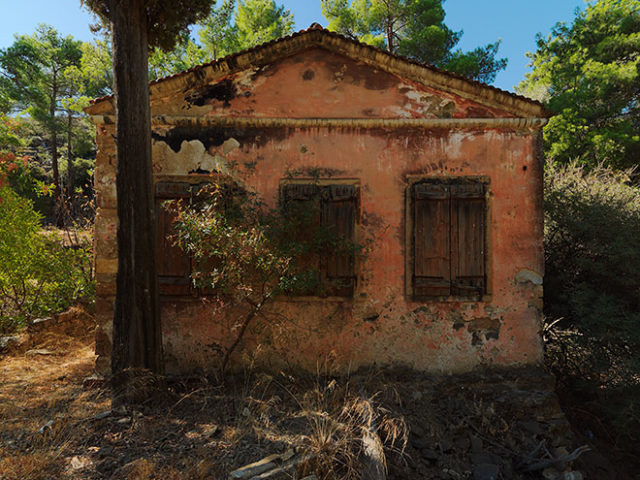
In 1821, the Greek War of Independence broke out, and the island of Chios became the center of fierce fighting. The Lovokomeio colony suffered badly during the war. The Ottoman soldiers expelled or dispatched most of the island’s inhabitants so that, after 1830, the island was largely deserted.
Now only sparsely populated, the island suffered further damage from an earthquake in 1881. This resulted in about 8,000 fatalities and many houses were destroyed. After the earthquake, the colony began to decline even more.
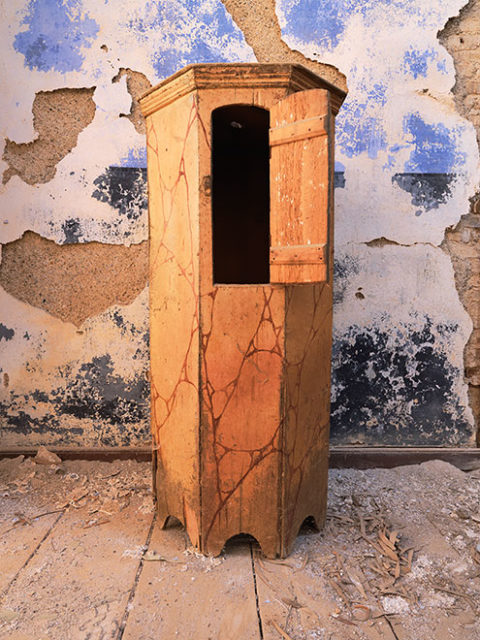
Then, at the beginning of the 20th century, Lovokomeio was restored and even improved. It now boasted its own laundry, plumbing, fountains, and restaurants. Once again, the island began to receive sick patients.
Finally, science discovered that leprosy was actually caused by a bacterium, and a cure for the disease was found. As a result, many leper colonies were closed, and Lovokomeio was shut down in 1957.
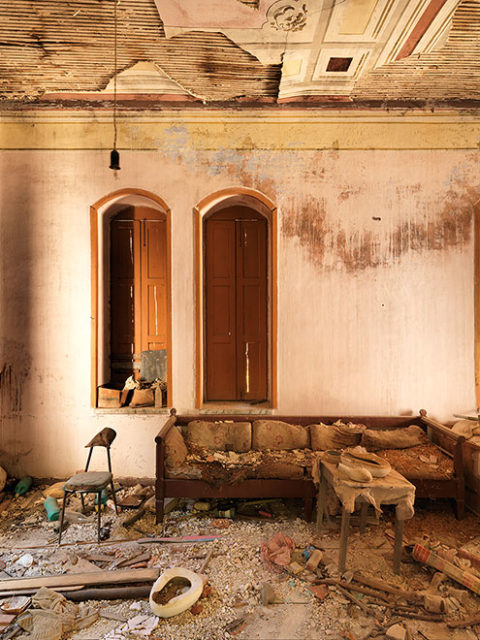
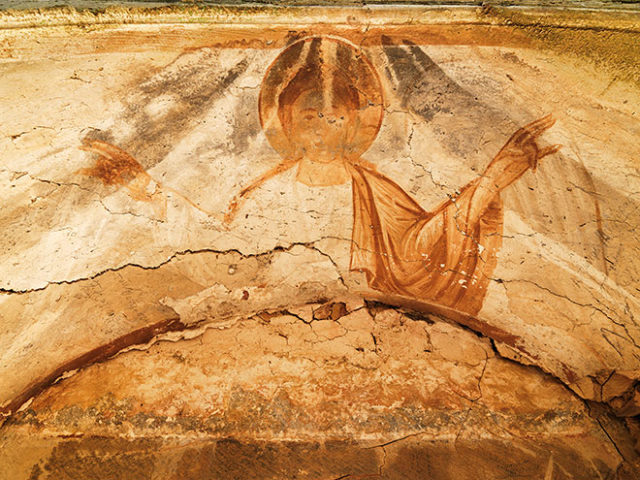
Today, all that is left of Lovokomeio are dilapidated buildings and dark tales of social outcasts. It has become quite a popular tourist attraction, and those visiting might find rusting bed frames, children’s notebooks, and old medicine lying scattered throughout the site.
Keith Laban is the photographer and the owner of these beautiful photos of the abandoned leper colony. Keith’s background is in painting and illustration, and now he is a photographer who runs a website displaying his works. Check out Keith’s website where you can find his amazing photographs.
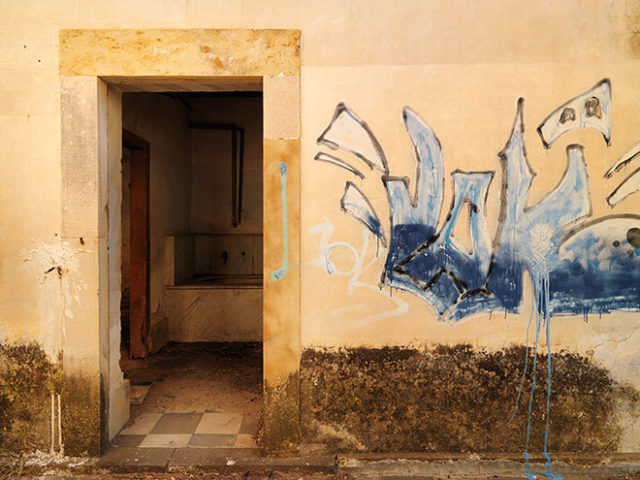
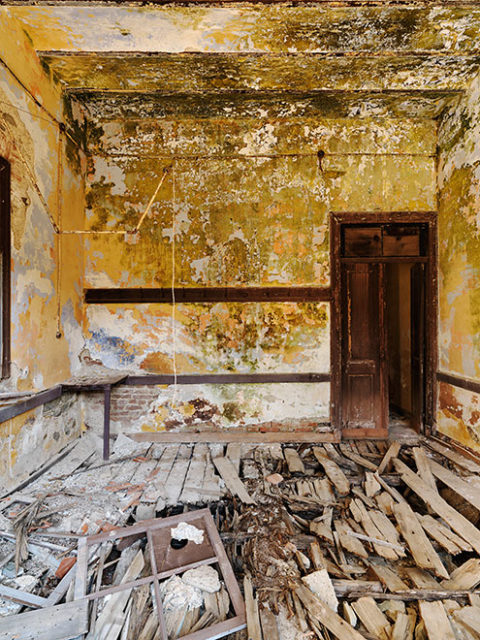
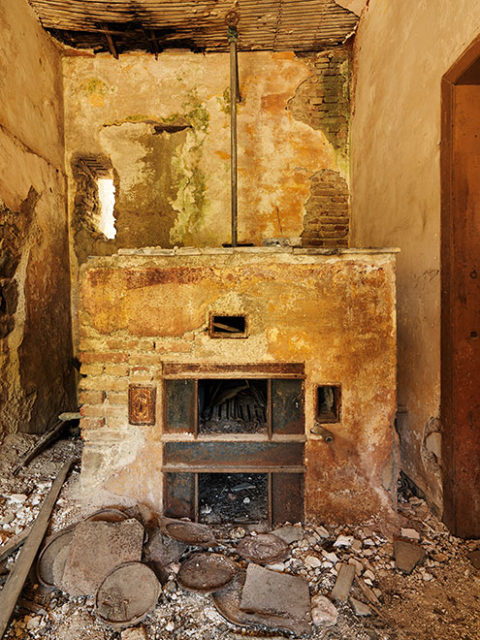
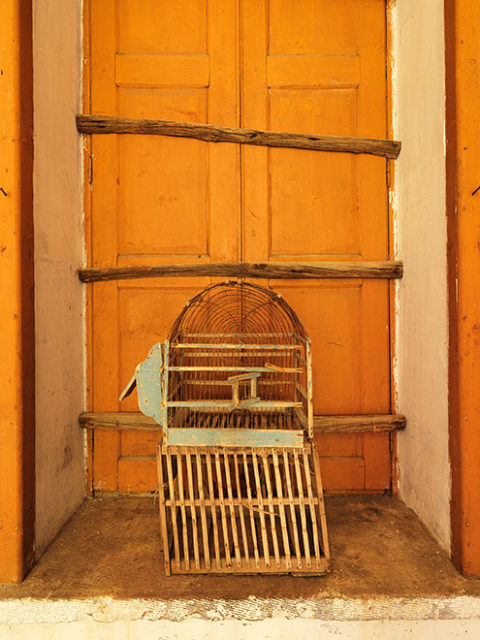
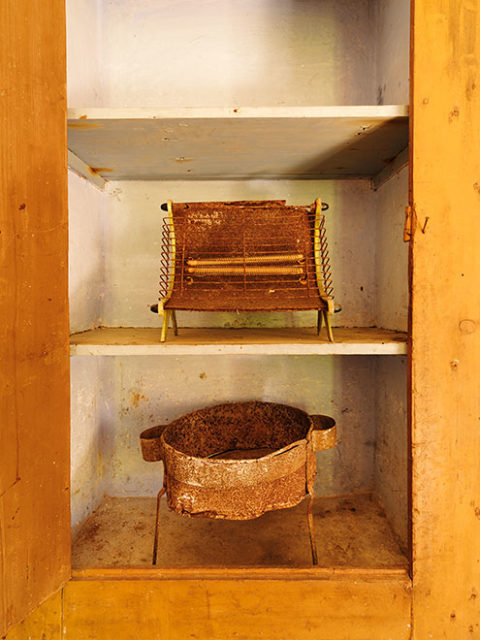
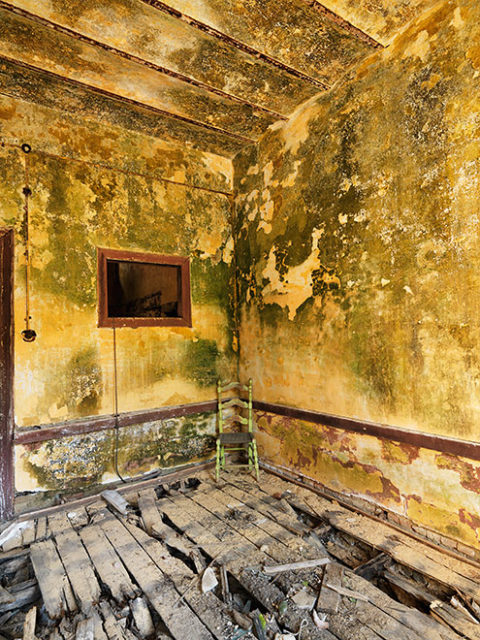
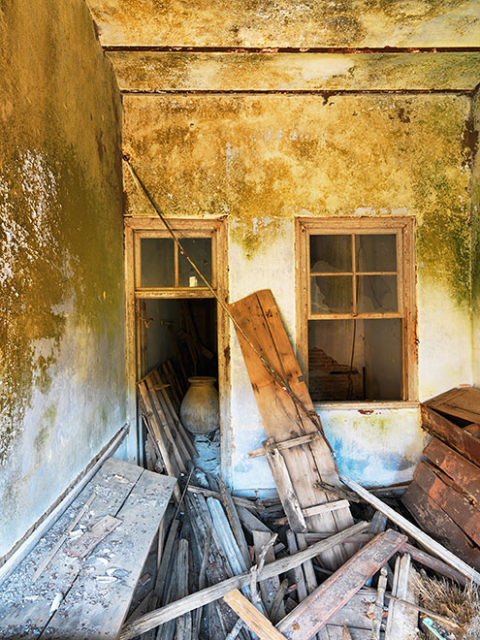
Another Article From Us: Teriberka Abandoned Village – the Edge of Russia
